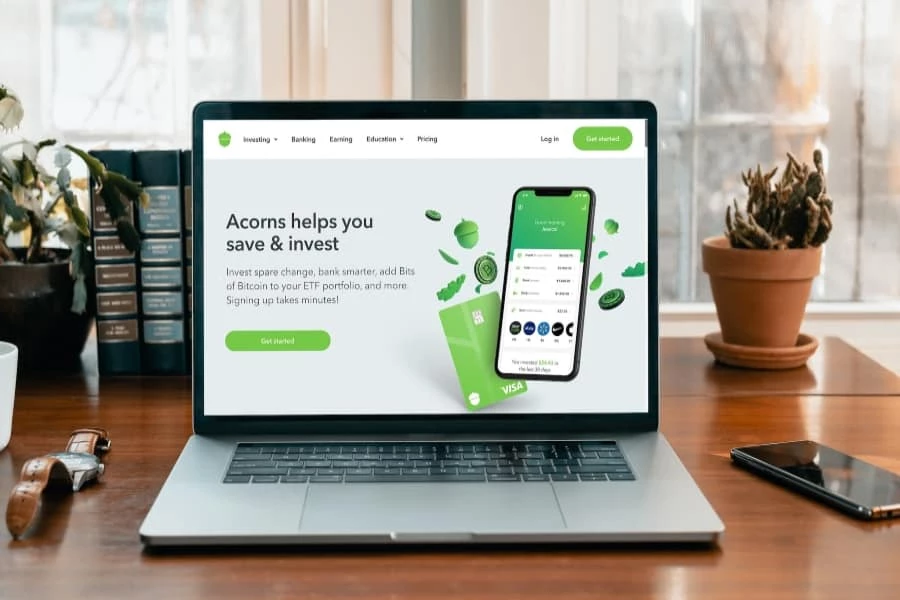One of the things that are important for people with websites to know is that their search engine optimization or SEO efforts are always changing and evolving. If you work with a provider of professional SEO services, they can keep up with the changes that are occurring on Google’s end and keep your site optimized.
Google is the number one search engine in the world, and it’s consistently changing its ranking algorithm. The company performs nine to ten algorithm updates every day. Every algorithm update will change the ranking formula of Google in some way, but the core updates that happen have the biggest impact.
Most of the daily changes Google makes to the algorithm aren’t noticeable, but according to the company, they’re for continual improvement.
A heads-up is given for more significant updates if Google feels like content producers and site owners might need to take a certain action. One example Google cites is its Speed Update. The company gave months of notice about the update and advice.
Several times a year, Google also makes broad and significant changes to the systems and algorithms, known as core updates. Google will broadly confirm these because the effects can be noticeable.
With all that in mind, the following are four things to know about core updates.
1. Understanding Broad Core Updates
Broad core updates to the Google algorithm usually happen every four to six months. When these updates happen, site owners and content creators will often notice volatility in the search engine results pages or SERPs.
With a broad core update, Google is updating the entire algorithm. It’s not specific to any region or language.
These core updates are ways that Google says it’s able to improve the overall search experience and keep up with the changing internet.
Google’s primary focus with a broad core update is to improve users’ search experience so they’re connecting with the most useful, trustworthy, and relevant content.
2. September 2022 Broad Core Update
In September, Google was confirmed to be rolling out a broad core update. It was the second of the year, and the first one was in May.
Google announced the update on Twitter and also updated the search updates page, letting people know. On September 9, the new helpful content update rolled out too.
It was one of the most significant changes in more than ten years.
This update targeted websites with a lot of unhelpful content, where the writing is for search engines instead of for humans.
The helpful content update is said to have specifically targeted content that was designed primarily with rankings in mind. Google wants to reward content that real people find useful and helpful. Search-engine-first content is not necessarily going to achieve that.
This algorithm change started downgrading those types of websites and promoting helpful ones. Google said of this update that it’s part of an ongoing effort to reduce the amount of low-quality content that’s ranking so that people have an easier time finding authentic content.
The types of content most affected by that change included online education materials, shopping content, content related to technology, and arts and entertainment content.
Unlike a lot of algorithms from Google that is applied page-by-page, the helpful content update was sitewide. A sitewide update means that if your site produces a lot of unhelpful content, then your entire site is impacted rather than just pages individually or in sections.
3. Signs Your Site Is Affected
If you think that a Google core update could have negatively affected your site, there are usually two main signs.
The first is decreased rankings. When there’s a broad core update, an SEO will usually look at the search engine results page, which will give insight into whether you’ve been hurt or helped.
You can also look at your organic traffic. If your rankings are dropping, your traffic will as well. Some people see a dramatic drop in their traffic after an update when they’re negatively affected.
4. Can You Recover?
If you think you’ve been affected by a core update, there are some things you can do to start to recover and get your rankings back.
First, look at the search quality rater guidelines from Google. These tell you exactly what Google wants to see from websites, and it also explains how the search engine looks for E-A-T, which stands for Expertise, Authoritativeness, and Trustworthiness.
From there, look at your current content. You might focus on comparing content that you think was and wasn’t affected.
When you’re assessing your content, there are a few things Google says you should be asking. These include:
- Content and quality: Consider if your content goes beyond what might be obvious to be especially helpful. Is your content original, and does it offer a unique perspective?
- Expertise: Are there any fact-based errors? Would you trust the content you’ve created when making decisions about your life or money? Did someone who’s an expert or enthusiastic about the topic create the content?
- Presentation and production: Is the content well-organized, or does it look sloppy or have spelling errors? How do the ads display, if there are any?
- Comparative: When you’re comparing your content to similar pages, does yours offer substantial value?
The two most important things you can keep in mind as part of your recovery from a core update are, first, to offer the best content possible to the readers and, second, to build a backlink profile that’s strong.
With the massive and nearly overnight effects that can stem from a core update, it becomes more apparent why you might want to work with a professional SEO company. They can keep you ahead of the game when there are updates, small and big, and help you recover if you’re impacted. SEO is never something that you can set and forget. You always have to keep up and pivot accordingly if you want to continue ranking well.

